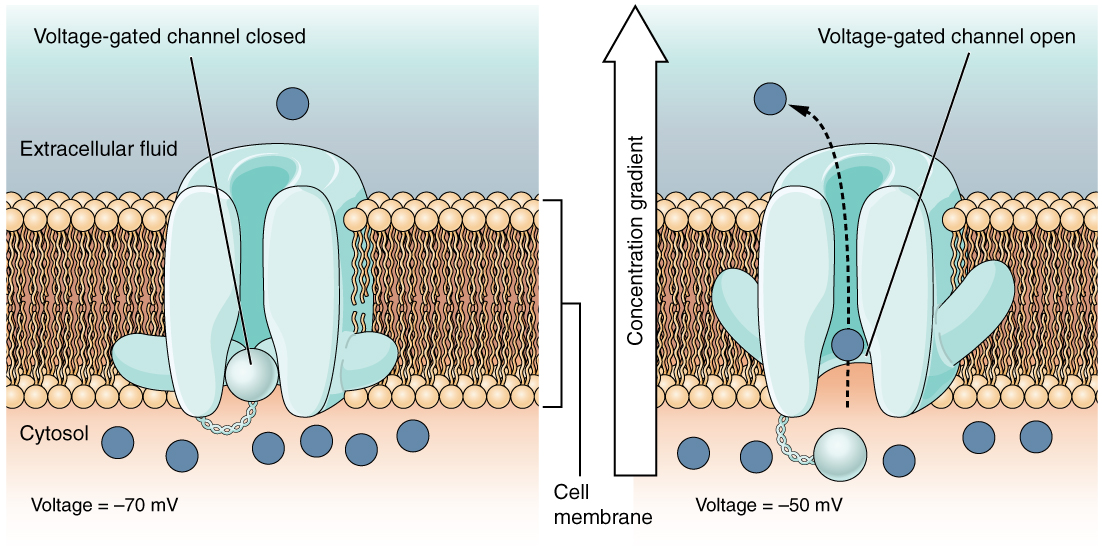User:Clara Costa D'Elia/Sandbox 1
From Proteopedia
(Difference between revisions)
| Line 25: | Line 25: | ||
In the LHC The proteins determine the disposition of the pigments, therefore changing and influencing their absorption spectra. | In the LHC The proteins determine the disposition of the pigments, therefore changing and influencing their absorption spectra. | ||
In non-sulphur purple bacteria this energy is trapped by the peripheral light-harvesting complexes (LH2) and core complexes composed of light-harvesting 1 and reaction centre (LH1/RC). The properties and times scales of energy transfer arise from the relative pigment interaction energies and pigment site energy disorder. These in turn are controlled by factors such as inter-pigment geometries and their interactions with protein and membrane environments. | In non-sulphur purple bacteria this energy is trapped by the peripheral light-harvesting complexes (LH2) and core complexes composed of light-harvesting 1 and reaction centre (LH1/RC). The properties and times scales of energy transfer arise from the relative pigment interaction energies and pigment site energy disorder. These in turn are controlled by factors such as inter-pigment geometries and their interactions with protein and membrane environments. | ||
| - | + | https://www.sciencedirect.com/science/article/pii/S002228360300024X?via%3Dihub | |
In order to increase the spectral cross-section of absorption, purple bacteria also produce light-harvesting complexes. In most cases a primary light-harvesting complex (LH1) and peripheral light-harvesting complexes (LH2) are synthesised | In order to increase the spectral cross-section of absorption, purple bacteria also produce light-harvesting complexes. In most cases a primary light-harvesting complex (LH1) and peripheral light-harvesting complexes (LH2) are synthesised | ||
Revision as of 21:39, 5 June 2022
Light Harvesting Complex II
| |||||||||||
References
- ↑ Hanson, R. M., Prilusky, J., Renjian, Z., Nakane, T. and Sussman, J. L. (2013), JSmol and the Next-Generation Web-Based Representation of 3D Molecular Structure as Applied to Proteopedia. Isr. J. Chem., 53:207-216. doi:http://dx.doi.org/10.1002/ijch.201300024
- ↑ Herraez A. Biomolecules in the computer: Jmol to the rescue. Biochem Mol Biol Educ. 2006 Jul;34(4):255-61. doi: 10.1002/bmb.2006.494034042644. PMID:21638687 doi:10.1002/bmb.2006.494034042644

